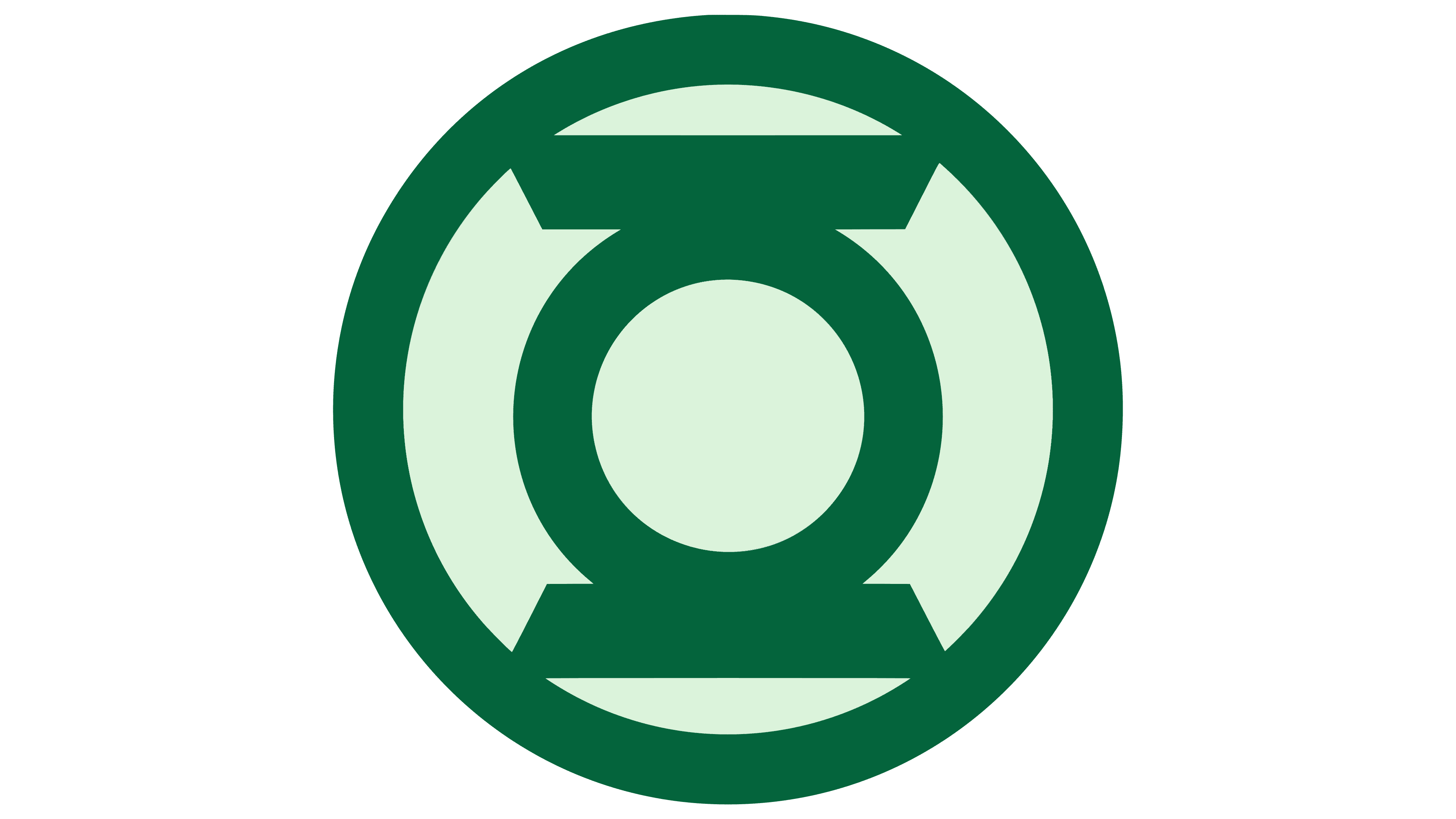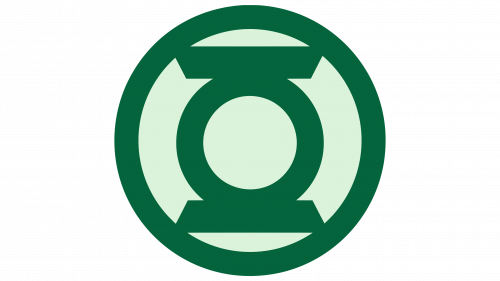Green Lantern Logo
Green Lantern, an iconic DC Comics superhero, wields a power ring granting unimaginable abilities, limited only by the wearer’s imagination and willpower. Entrusted by the intergalactic Green Lantern Corps, members patrol the universe maintaining peace and justice. Numerous Earthlings, including Hal Jordan, John Stewart, and Kyle Rayner, have joined their ranks. The ring’s might is counteracted by its vulnerability to yellow and its need for periodic recharging using a special lantern. The core essence of Green Lantern’s story revolves around the timeless battle of light against darkness and the strength that lies within one’s convictions.
Meaning and history
Green Lantern, stemming from DC Comics, embodies the story of an elite group known as the Green Lantern Corps. This interstellar police force was established by the ancient Guardians of the Universe, residing on the planet Oa.
The essence of the Corps’ power lies in their rings, which channel the emerald energy of willpower from the Central Power Battery. These rings grant a plethora of abilities, from creating hard light constructs to providing translations of alien languages. Each Lantern’s strength arises from their own determination and will.
Over the years, multiple individuals from Earth have taken up the Green Lantern mantle. Alan Scott was the initial Earth-based Lantern, his powers magically oriented. However, the more recognized Green Lantern is Hal Jordan, a fearless test pilot chosen by the dying alien Abin Sur. Hal’s ring led him to the crashed spacecraft of Sur, who was fatally injured. Before perishing, Sur informed Hal of the Corps and its mission.
Hal wasn’t the sole Earthling in the Corps. John Stewart, an architect with a keen sense of justice, was chosen as Hal’s backup. Later, following a series of cataclysmic events, Kyle Rayner, a young artist, was presented with the last power ring, becoming the torchbearer for the Green Lantern legacy. Guy Gardner and Jessica Cruz also represent Earth, each bringing unique perspectives to their roles.
The narrative of Green Lantern is punctuated with foes that test the very limits of their willpower. From the fear-feeding Sinestro, once a respected Corps member turned rogue, to entities representing various emotional spectrums, challenges abound. The Emotional Spectrum storyline expanded the universe, introducing Lantern Corps of different colors, each tapping into varied emotions like love (Star Sapphires) or rage (Red Lanterns).
Over the decades, the lore of Green Lantern has delved deep into themes of courage versus fear, love versus hate, and the infinite potential of willpower. It serves as a testament to the indomitable spirit of determination that exists within every individual.
The Green Lantern symbolizes a unified portrayal of cosmic heroes from graphic narratives, championing interstellar justice and universal balance. This iconic title also denotes a subset of the cosmic custodians known as the Guardians of the Universe, who orchestrate the space-faring law enforcers, the Green Lantern Corps.
In the closing years of the 1970s, there was an endeavor to transition from the illustrative symbol to an alphanumeric representation. Yet, many publications gravitated back to the more emblematic representation — the iconic green luminary imagery.
But the Green Lantern is far more than a mere beacon. Crafted with an intricate design, it showcases a handheld light with a side grip and a sturdy base, ascending upright. This emblem’s profound symbolism wasn’t lost on its creators: the luminary’s circular aspect was deemed the ‘ring of might,’ harnessing the formidable energy of the Universe’s Guardians as depicted in the synonymous graphic tales.
The inception of this profound concept can be traced back to the archaic, spherical design of traditional lanterns and the characters G and Ω. While ‘G’ is a nod to the initial of ‘Green’ in the English lexicon, ‘Ω’ hails from Greek roots, signifying the culmination (typically of nefarious deeds) and marking a sequence of occurrences, whether established or speculative.











